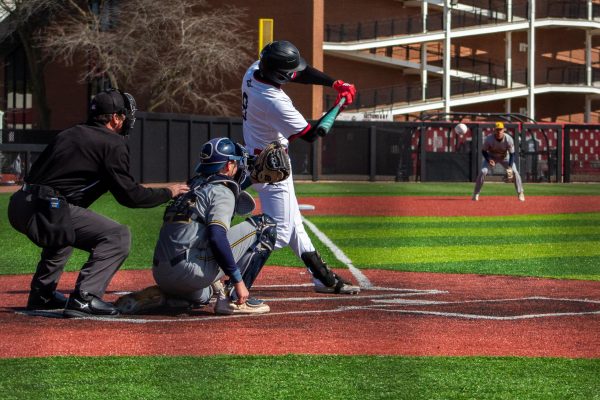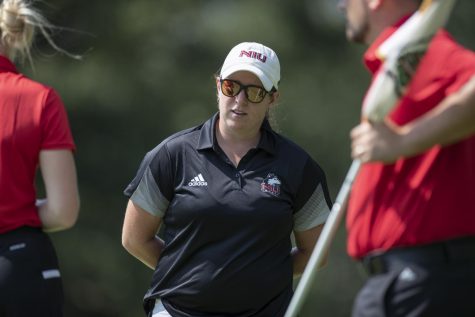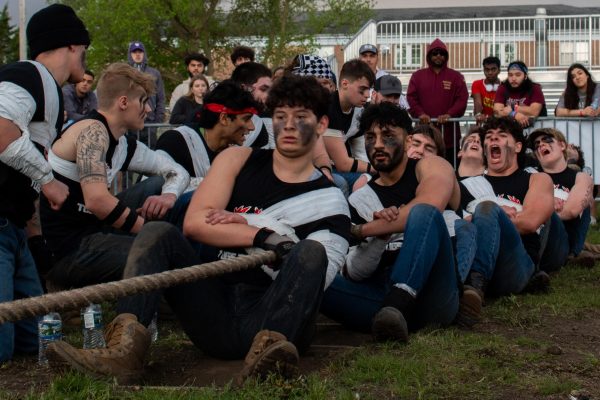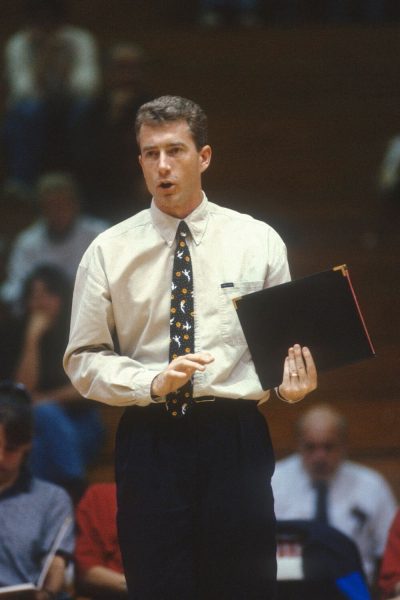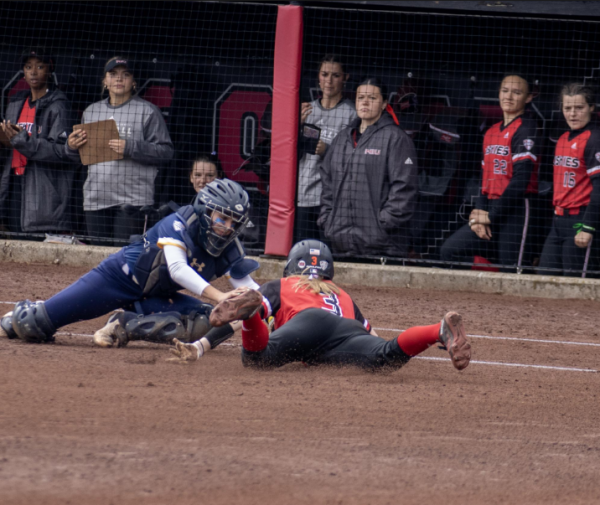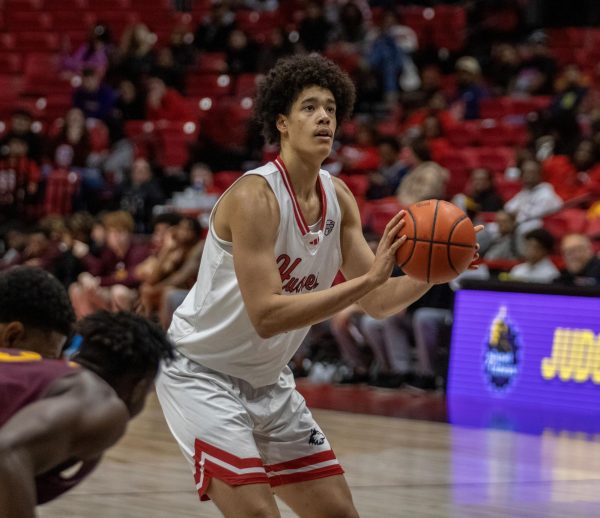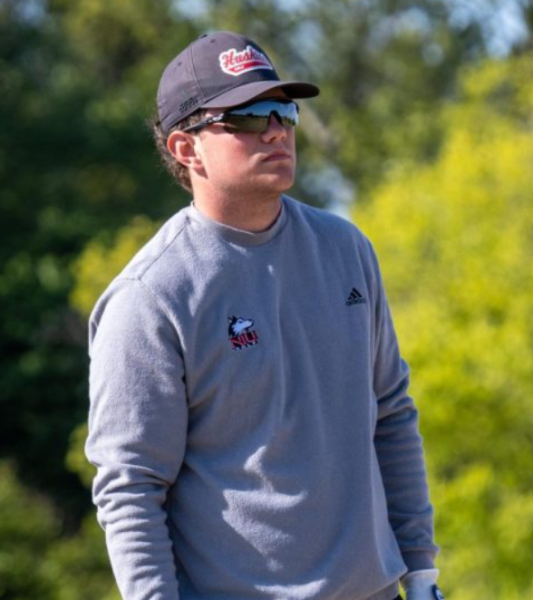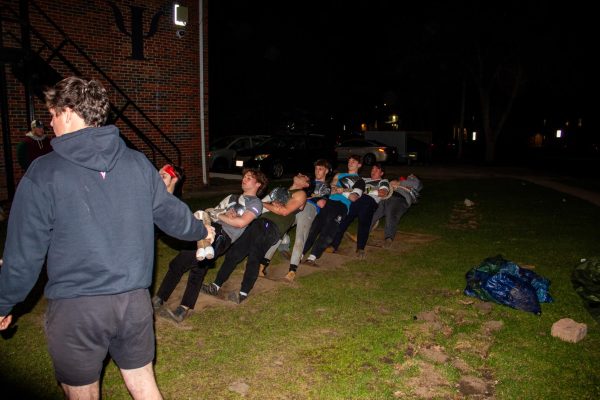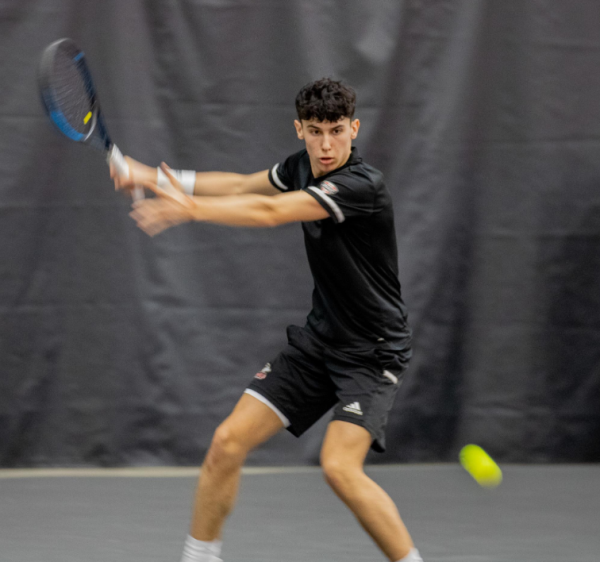Trainers provide hidden stories behind athletics
October 25, 1990
There’s quite a story behind those taped ankles, knee braces, crutches and comebacks found at NIU athletic events. But its “authors” are often overlooked.
Actually, there’s a whole team of people responsible for the story—the NIU athletic trainers.
The entire training team consists of three full-time, certified athletic trainers, three graduate assistants and 14 student trainers who oversee all 16 Huskie intercollegiate athletic programs. Bob Cochrane is the head athletic trainer and his assistant directors are Stacy Michalski and Mike Braid.
Michalski’s responsibilities are year-round, with weeks that often include 60-70 hours of time dedicated to the training room. As assistant director, she also maintains communication with coaches, oversees student trainers and counsels injured athletes who often have difficulty accepting a sidelining injury.
“The hardest part of my job is telling an athlete that they can’t participate due to injury,” Michalski said. “We have to help the athlete through it because they start to get down on themselves when they’re not out on the court.”
“A lot of the counseling comes when the players are hurt and aren’t seeing the coaches every day,” Michalski added.
Dealing with coaches can actually be a problem sometimes. The athletic trainers are responsible for deciding whether or not an athlete should be practicing or when they can begin playing again. For a coach who is anxious for an athlete’s return, the news isn’t always what they want to hear.
Contrary to popular belief, however, a trainer’s job does not begin with injuries, but actually seeks to avert them through conditioning programs and maintenance of a healthy lifestyle.
“Our biggest responsibility is preventing injury,” graduate assistant Phil Vhooris said. “We do that by taping ankles for instance, and being around in case injuries do occur.”
The most common injuries handled usually involve knee and ankle problems, but it depends on the sport. Each trainer is assigned one or two teams that they travel with and dedicate most of their time to.
Even with some of the negative aspects of training, the trainers take a great deal of pride in their work and enjoy the variety in their daily routine. There are rewards that also make the job well worth it. Both Michalski and Vhooris agree that seeing an athlete return is the greatest reward.
“After an athlete has been injured and they get back on the court and see they can perform well again or up to their capabilities is a big reward,” Michalski said. “Working with them behind the scenes and then seeing them get the satisfaction out on the court is what makes it great.”


